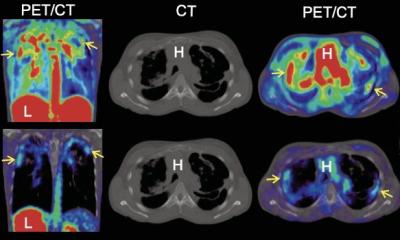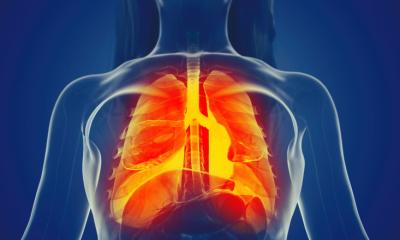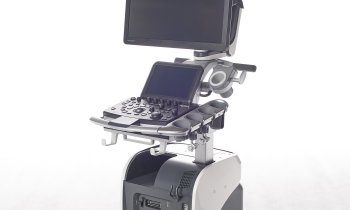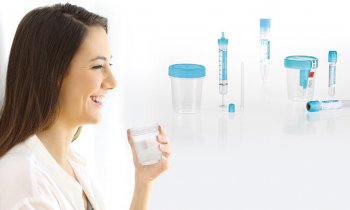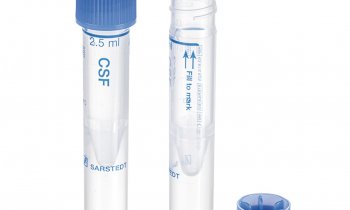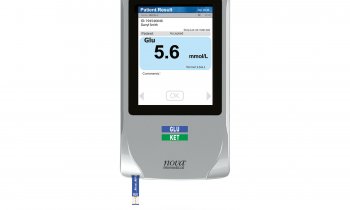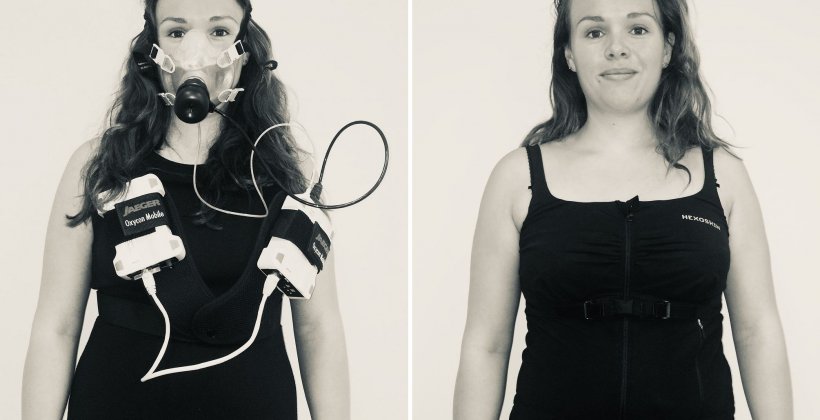
Source: Denise Mannée
Sponsored • COPD diagnostic wearable
‘Smart shirt’ to monitor lung disease
A smart shirt, developed by Canadian startup Hexoskin, has been successfully tested as a potential diagnostic modality for chronic obstructive pulmonary disease (COPD) at the Radboud University Medical Centre in The Netherlands.
“COPD is a growing problem with around 64 million people suffering with the condition worldwide. When patients suffer an increase in their symptoms, such as coughing and breathlessness, they need to be monitored more closely,” said lead researcher Denise Mannée, a technical physician and PhD candidate at Radboud University Medical Centre in The Netherlands.
For their study, the researchers recruited 15 healthy volunteers and had them wear the shirt while doing everyday activities including walking, climbing stairs, vacuuming, sitting, standing and even lying down. The smart shirt, called the Hexoskin, senses how the fabric stretches when the wearer’s chest expands and contracts and uses these measurements to gauge the volume of air inhaled and exhaled. At the same time, the participants also wore the equipment traditionally used to measure breathing that includes a face mask and bulky backpack. They repeated the tasks again wearing both pieces of equipment, to generate a second set of data.
If we can accurately monitor patients’ symptoms while they go about their normal activities, we might be able to spot problems and treat them sooner
Denise Mannée
In general, the researchers found that the measurements were very similar. When lying, the difference between measurements taken by the two pieces of equipment was just 0.2% on average, which only represents a few millilitres of air. In more strenuous activities there were slightly greater differences, for example with vacuuming the difference was 3.1% on average, or around 40ml. “These results are important because they indicate that the smart shirt can be worn by patients while they go about their daily lives to accurately measure their lung function,” explained Mannée.
The researchers now plan to repeat tests on the smart shirts with COPD patients, but they believe the technology might also help in other respiratory conditions such as asthma, cystic fibrosis or after transplantation. “Ultimately, we want to improve patients’ quality of life. If we can accurately monitor patients’ symptoms while they go about their normal activities, we might be able to spot problems and treat them sooner, and this in turn could mean less time in hospital,” Mannée concluded.
18.11.2019




